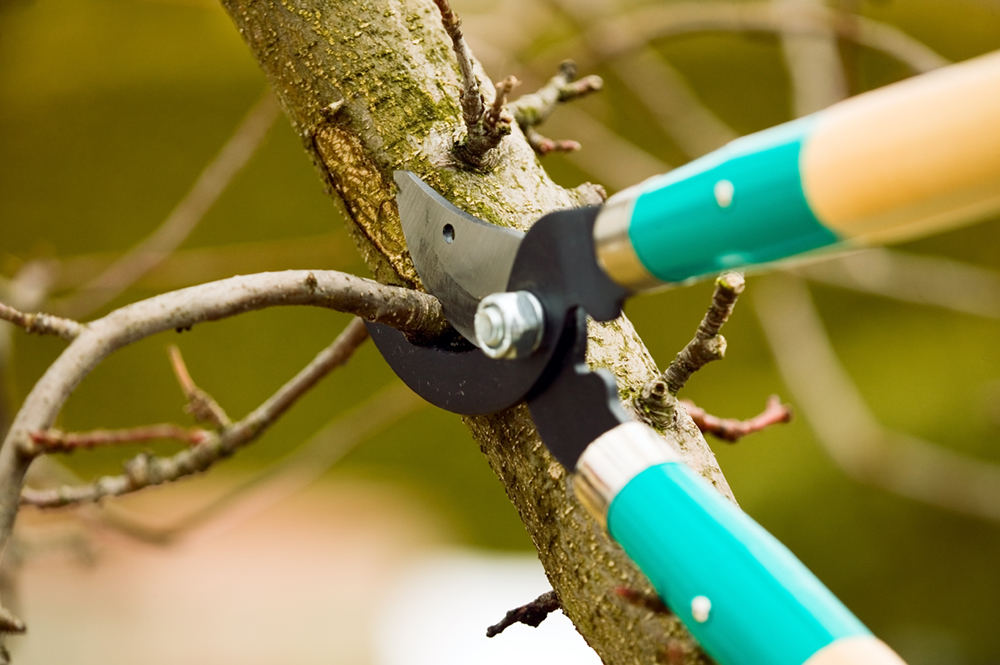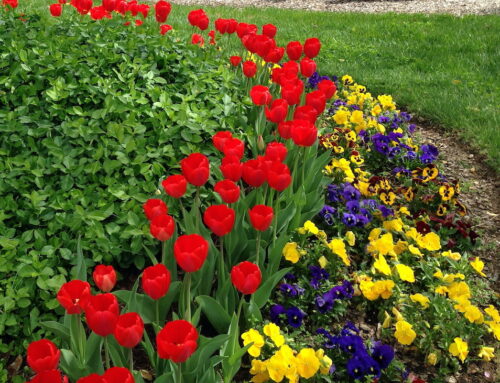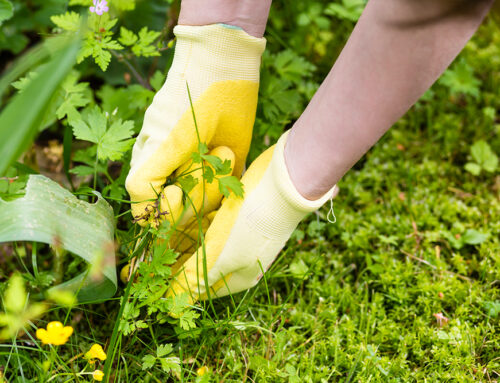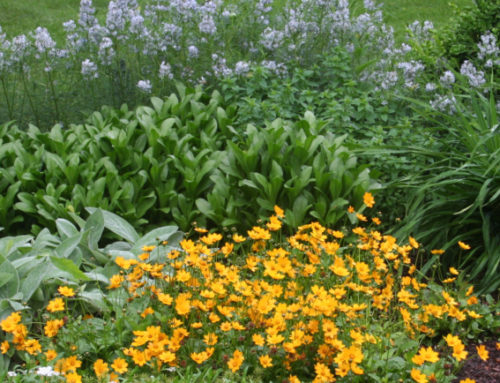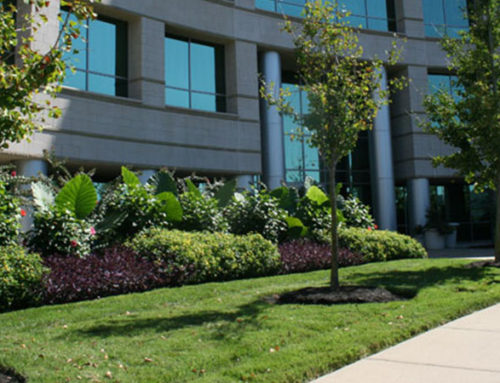Table of Contents
We’re thinking spring can’t get here soon enough, but there’s one more thing we’ve got to get in before the warm breezes start blowing. Good late-winter pruning is vital to healthy trees and shrubs in spring and summer. It helps plants look their best and produce gorgeous flowers and fruits. For most plants, late winter–before leaves and buds come out– is the perfect time to prune. But for the amateur gardener, it can be more than a little daunting. Here are some tips for successful pruning:
What Is Pruning?
Pruning is the term for selectively removing branches from a tree or shrub to remove dead or diseased limbs and encourage new growth. The International Society of Arboriculture identifies four main types:
- Cleaning removes dead, dying or weak branches.
- Thinning is selective branch removal to improve sunlight penetration and air circulation to the crown of the tree. Thinning also helps to keep a tree’s shape attractive and under control.
- Raising removes the lower branches from a tree to provide clearance for buildings, cars or people or to improve a view.
- Reduction is reducing a tree’s height or spread and usually means trimming the stem at the top of the trunk (known as the leader) and the tips of branches.
What Are the Benefits of Pruning?
In a nutshell, pruning keeps trees and shrubs healthy and helps maintain a safe and attractive structure and form. If you don’t prune, tree branches can become out of control and possibly dangerous. Fruits and flowers may also fail to thrive without pruning ahead of or after the growing season.
Some of the benefits of regular pruning include:
- Removing potential dangers related to dead branches.
- Encouraging healthy new growth.
- Ensuring the long-term health of a tree or shrub.
- Channeling nutrients to fruits and flowers to keep them gorgeous and bountiful.
- Keeping trees looking well-tended and attractive.
When Is the Best Time to Prune?
For most trees and shrubs, the best time to prune is before the spring thaw, so late winter is ideal. Winter pruning brings vibrant new growth for spring and allows time for “wound closure” as pruning cuts heal. Pruning in winter also allows you to see branches easily when they’re bare and identify potential problems and good places to cut. Late winter/early spring is a fabulous time for almost any pruning job, but for some flowering shrubs, it’s best to wait until after their flowers have bloomed and died off later in the spring or summer.
Tips for Pruning Shrubs and Trees
Every plant is different and requires a slightly different approach. But here are a few pruning basics:
- Cut branches at an angle of around 45 degrees just above where the branch meets the tree trunk.
- Don’t leave too much of a stub when you cut a branch or stem.
- Prune a little lower than you think looks good to account for new growth over the spring and summer.
Some tips for pruning trees include:
- Cut off water sprouts (upright shoots sprouting from tree trunks and large branches) and suckers (stems that sprout out from the base of the tree trunk).
- Don’t cut too close or too far from the trunk.
- Keep safety in mind: pruning large trees is generally best left to the pros with specialized skills and equipment for tackling larger limbs.
Some tips for pruning fruit trees include:
- Prune during winter’s dormant season while the leaves are off.
- Remove any downward bending branches.
- Carefully remove branches at the top of the tree to let sunlight in.
- Trim outer branches to promote growth and prevent branches from breaking when fruit appears.
- Most experts recommend cutting around 20 percent of the previous year’s growth for fruit trees.
How Should I Prune Flowering Shrubs?
Pruning flowering shrubs should be approached differently than other trees and shrubs and should always be done with great care. The goal is to prune some of the buds after the flowering season to help distribute nutrients to the flowers that are left and get better blooms the following year. For example, hydrangeas (one of our favorite flowering shrubs) bloom from shoots formed in the previous growing season so it’s better to prune later in the season after flowers have died off.
Pruning: How Can I Get the Best Results
Unlike some other landscaping tasks, pruning is as much an art as it is a science. It’s a delicate process, and if you make a mistake, it can cause damage to valuable trees and shrubs. We’ve all seen bad pruning jobs that hurt plants and can do lasting damage. There are several reasons it makes sense to hire a professional team:
- Landscapers have the tools, including specialized saws, shears and other equipment to do the job right.
- Trained professionals can prune large trees safely.
- Your landscape team has the training and vision to prune for the plants you want six months from now and beyond. They know how each plant will respond and can visualize the long term effect. This includes knowing when to prune specific plants for best results and how much to take off.
At Acer Landscape Services, we’re thinking spring, and our team of professionals is ready to get your trees and shrubs cleaned up and pruned for beautiful, healthy growth and blooms as warmer days arrive.

